North Haven and Camden in the Fall
Fall on North Haven is a quieter time, absent the bustle of summer residents and tourists.
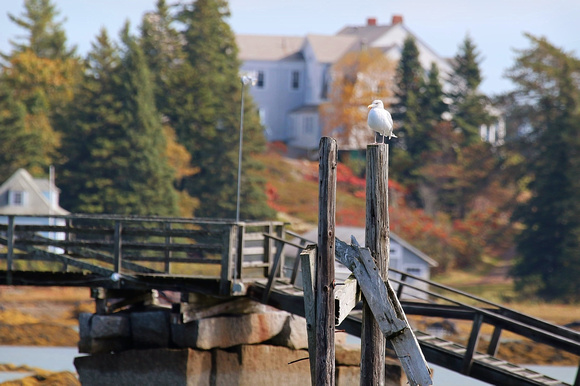

The ferry ride from Rockland to North Haven included a clear, bright view of the Camden Hills. One can easily see how Native Americans originally came to refer to the entire area as “Megunticook,” meaning “great sea swells,” as the hills appear to rise seamlessly from the ocean.
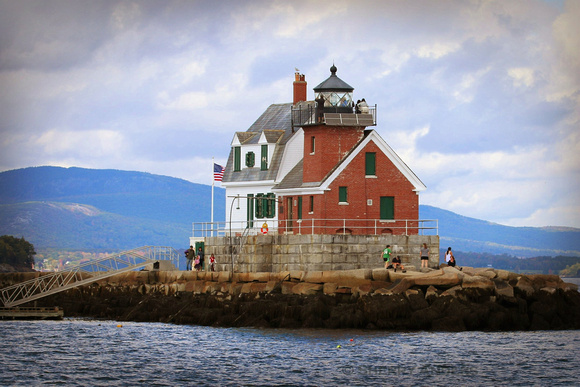 Rockland Breakwater Lighthouse
Rockland Breakwater Lighthouse
Mt. Megunticook, the tallest of the hills, can be seen behind the Rockland Breakwater Lighthouse in this photo.
Heading out close to dusk, I spotted a bald eagle and many young deer on the island.
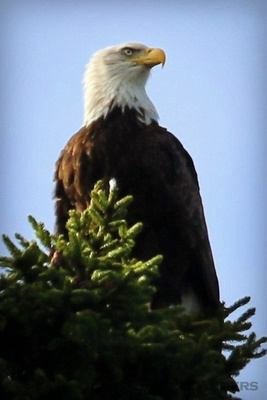 Bald Eagle
Bald Eagle
I found the usual crowd of plovers at Crabtree point.
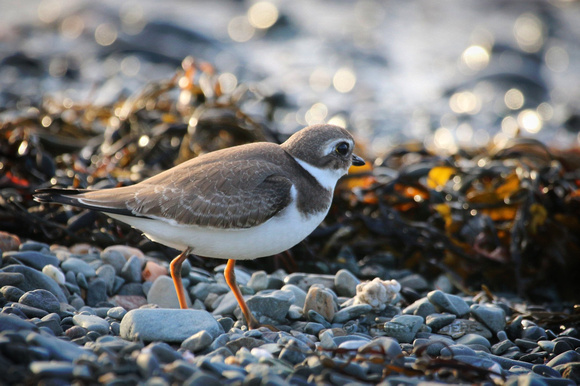 Semipalmated Plover
Semipalmated Plover
In the morning, I awoke to the sounds of raindrops, loons, and lobster boats. Even through the gray mist that enveloped the island, the bold colors of fall could be seen all around.
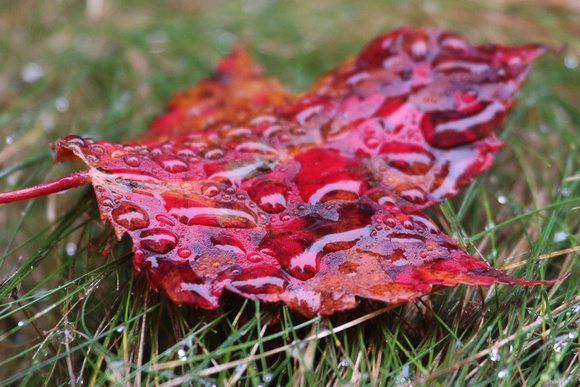 Fall Colors
Fall Colors
Bright skies returned the next day, as the sun broke through the fog and mist.
-----------------------------------------------------------
After returning to the mainland, the trip ended with a visit to Camden. In the harbor, alongside an array of impressive yachts and schooners, a variety of birds were perched on the rocks including gulls, cormorants, and ducks. White-crested ducks sported jaunty tufts on the tops of their heads that looked like George Washington wigs.
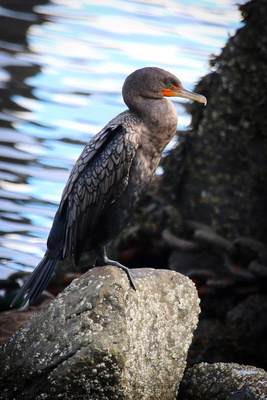 Double-crested Cormorant
Double-crested Cormorant
A double-crested cormorant is perched on a rock at Camden Harbor.
The birds at the harbor seemed unusually comfortable with human visitors getting close to them.
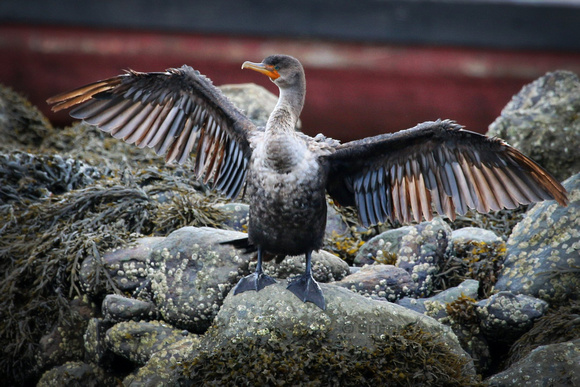 Double-crested Cormorant
Double-crested Cormorant
This was followed by a drive to the top of Mt. Battie, overlooking Camden Harbor, where the fall foliage and the views of the Penobscot Bay were spectacular. North Haven can be seen along the horizon, to the far left.
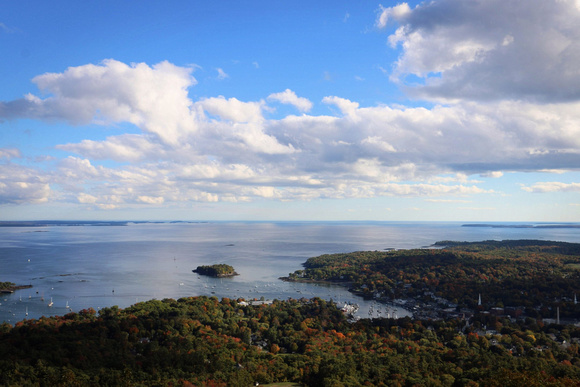 View from Mt. Battie, Camden, ME
View from Mt. Battie, Camden, ME
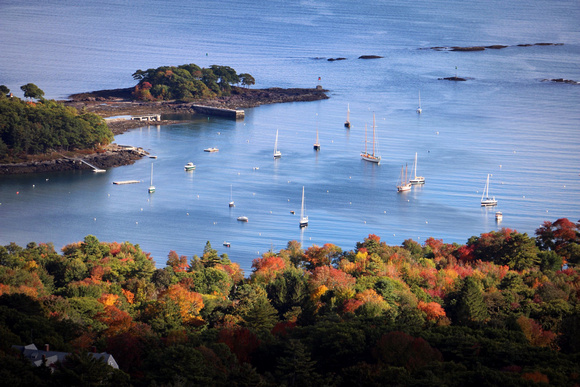 View from Mt. Battie, Camden, ME
View from Mt. Battie, Camden, ME
Comments
Is the dock in the first picture on North Haven?
I never thought of looking back at Megunticook from Rockland Lighthouse. Very cool.